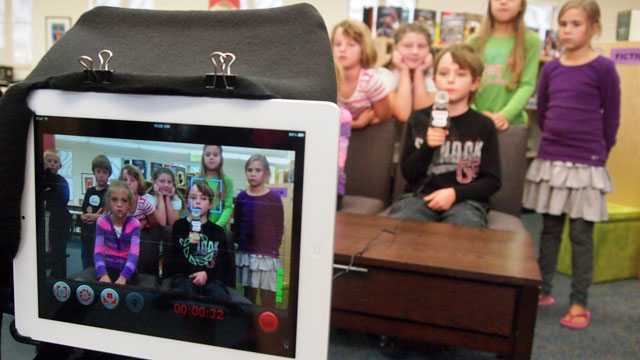
When we talk about the digital divide in education, the discussions revolve mainly around two factors: lack of access to the internet and lack of knowing how to use that access in powerful ways that can fuel learning beyond consuming content.
There are a lot of powerful tools for change available to educators and plenty of creative, inspired educators working hard to put available technology to work in classrooms. A lack of excellence is not the problem in education; access to technology and guidance for participating in the digital space in powerful ways are much bigger challenges.
That is the message Karen Cator, president and CEO of Digital Promise and former head of the Office of Technology at the US Department of Education, is spreading around the country. “When we think about students who do not have access to these kinds of powered-up learning environments, that’s a problem,” Cator said at a presentation sponsored by SVForum, a non-profit that organizes ed-tech events. From Cator's perspective, the digital learning gap can be broken down into three parts: access, participation and powerful use.
ACCESS AND PARTICIPATION
“Anybody growing up today without access to the internet and to this learning opportunity, I kind of equate it to growing up 40 years ago without a library,” Cator said. “It’s as if you only had the minds of the people around you to learn from.” Digital Promise is working to change that by providing more internet at libraries and community centers, making sure there’s wifi in schools and workplaces and working towards a goal of 24 hour access to both devices and broadband for everyone.
Although that's being addressed with efforts like pilot programs that allow library patrons to check out wifi hotspots in New York City and Chicago public libraries, providing access is not enough.


